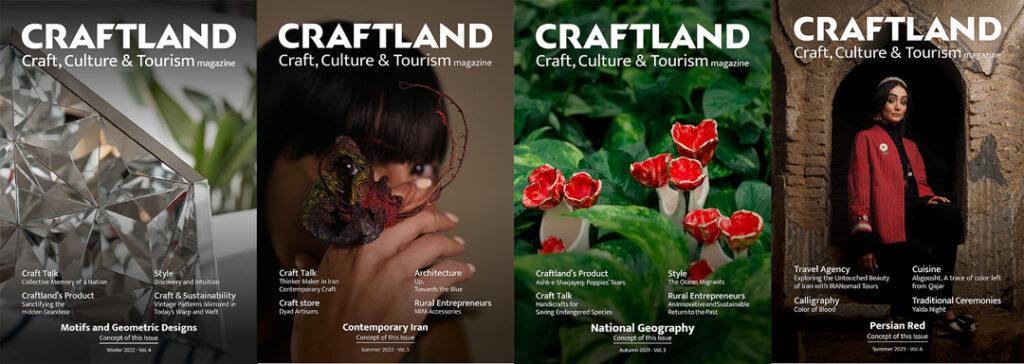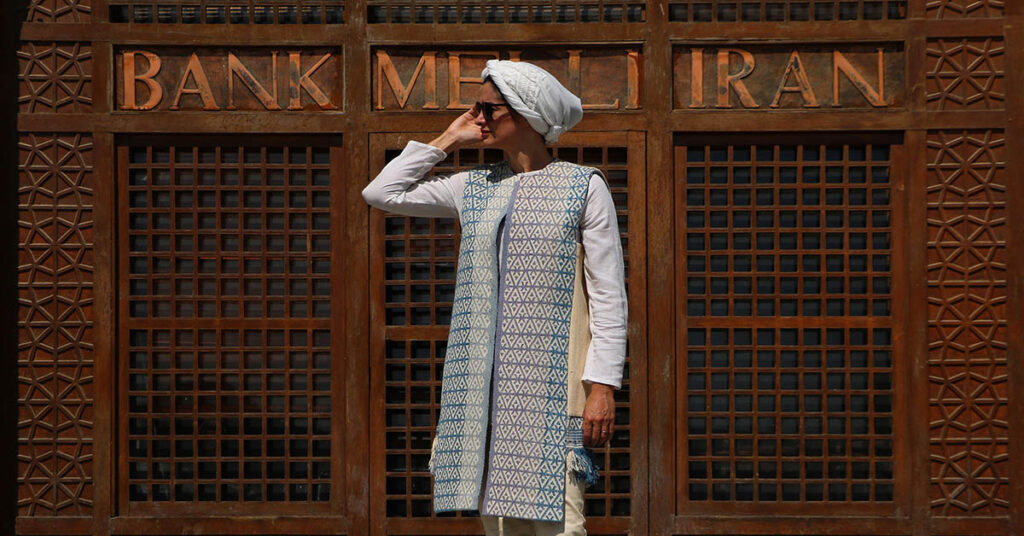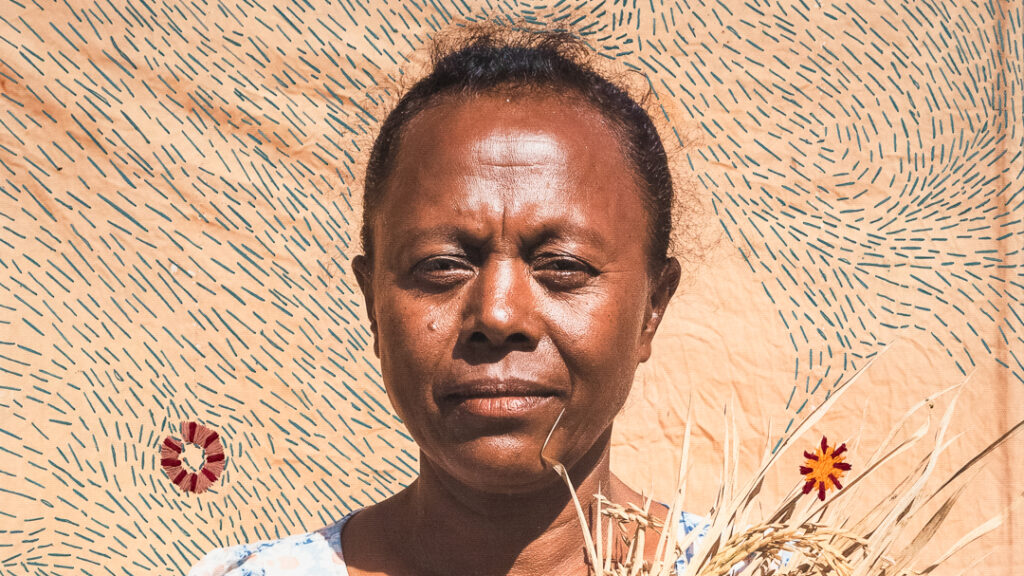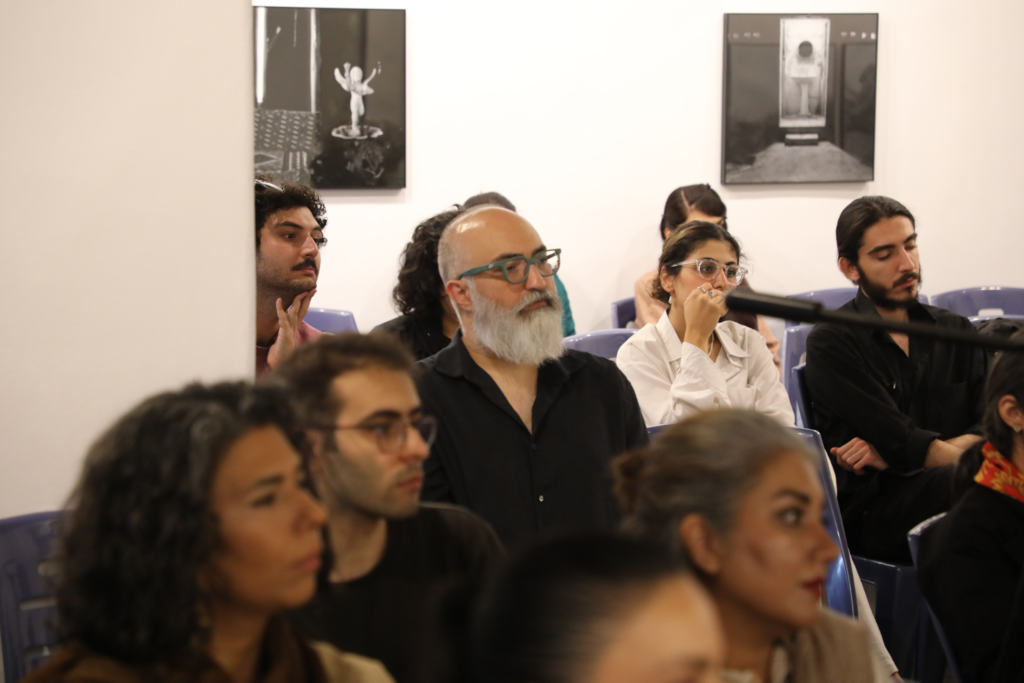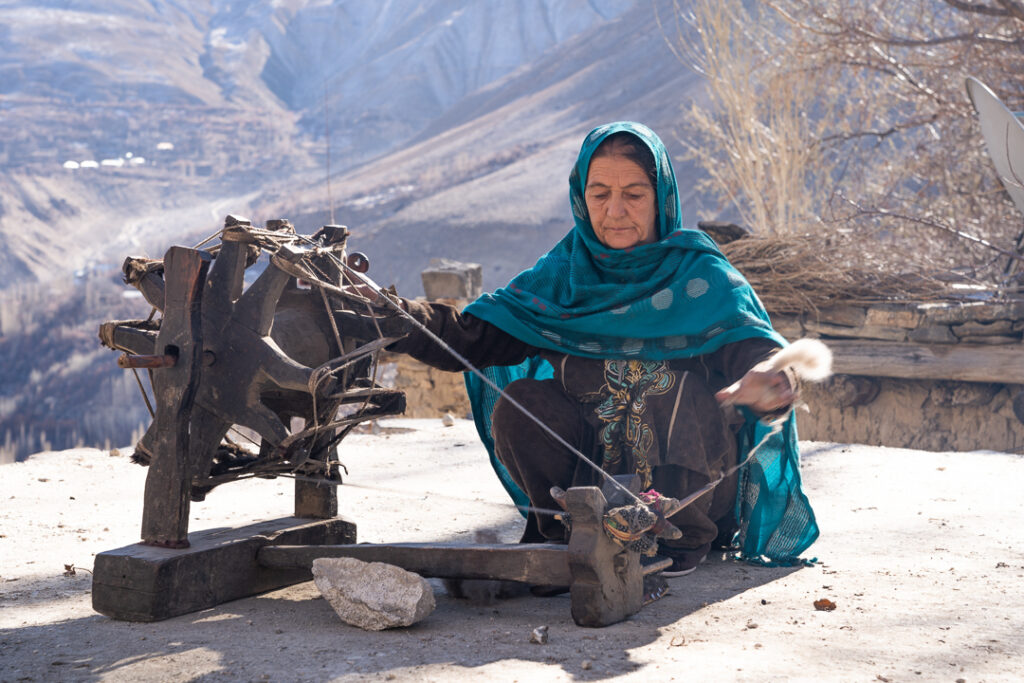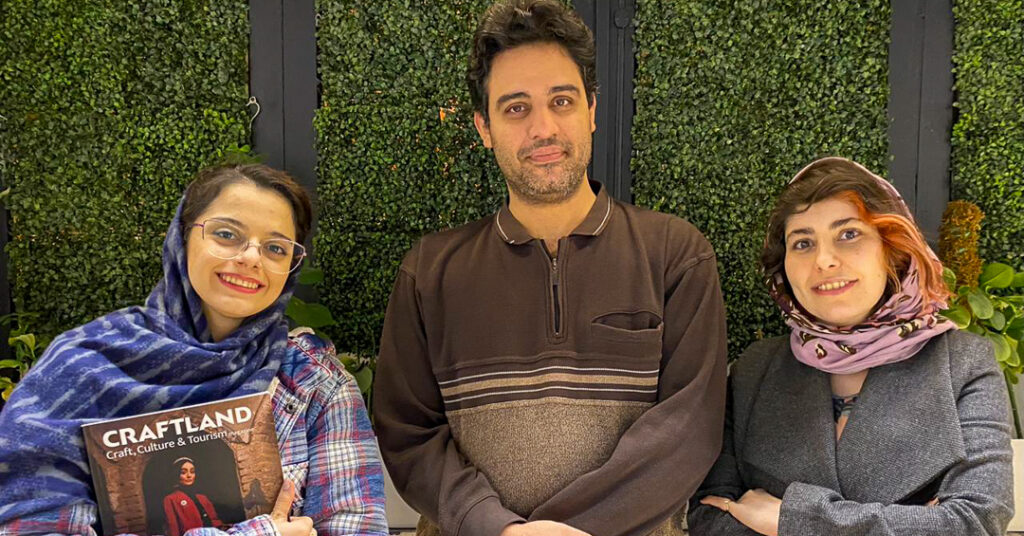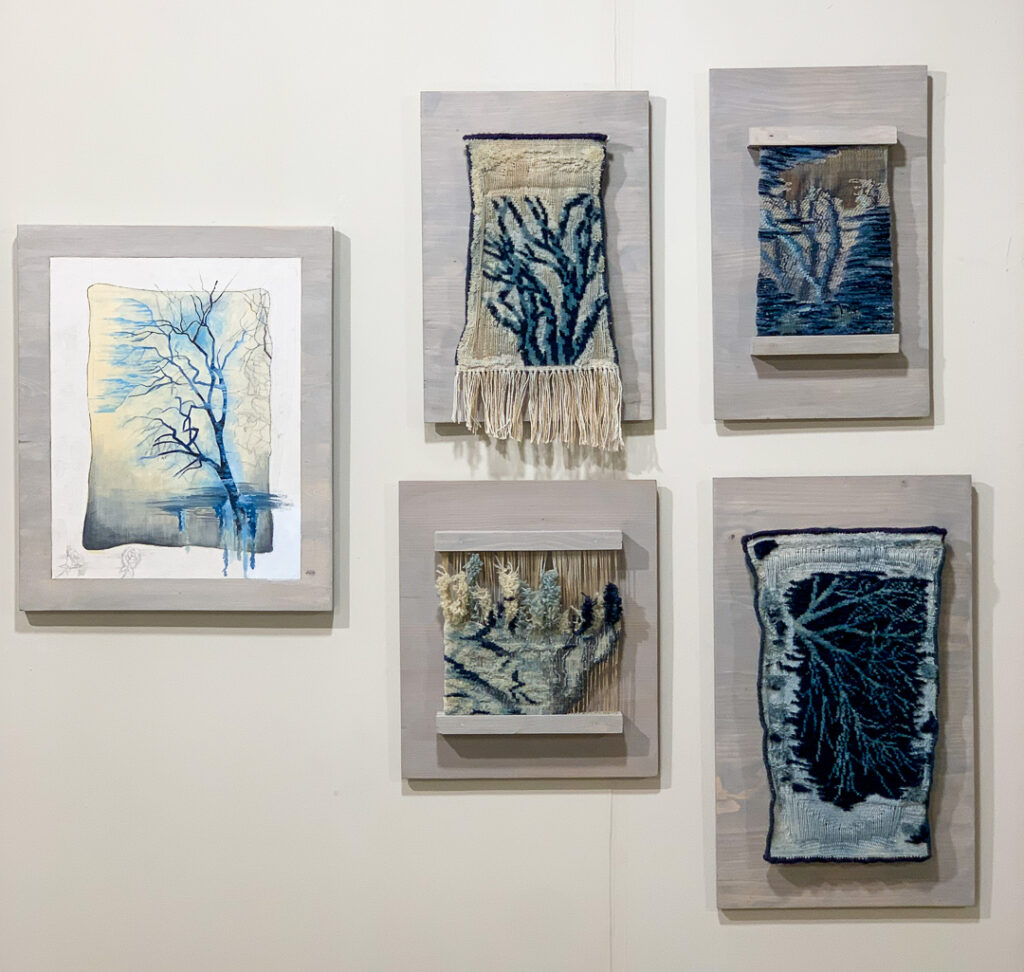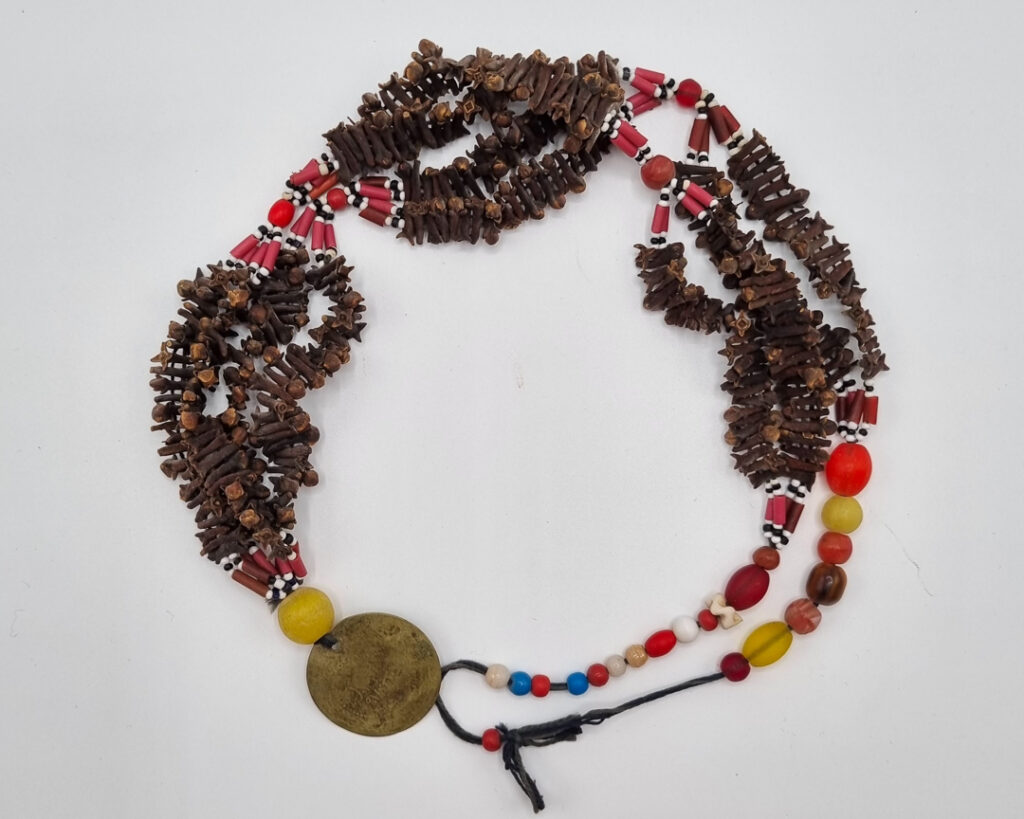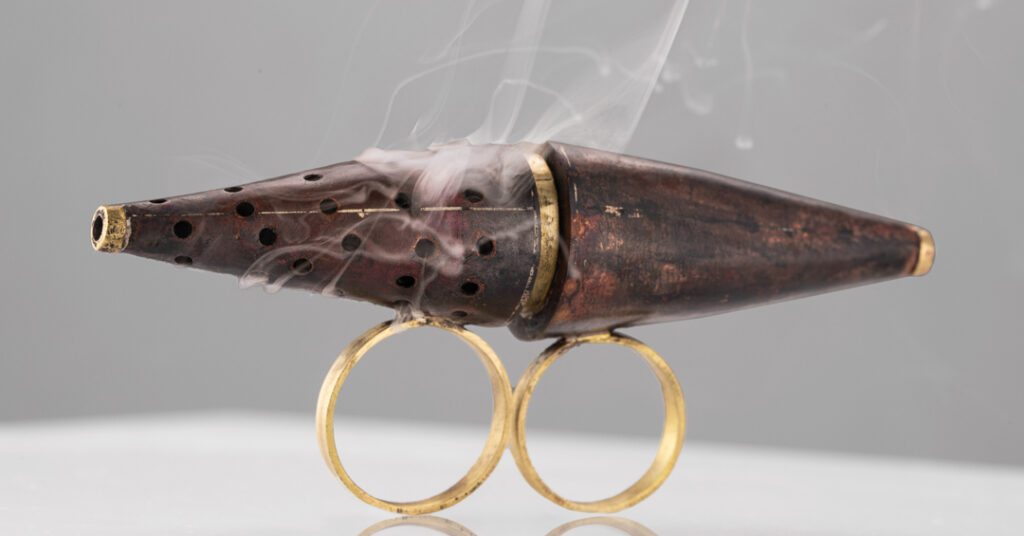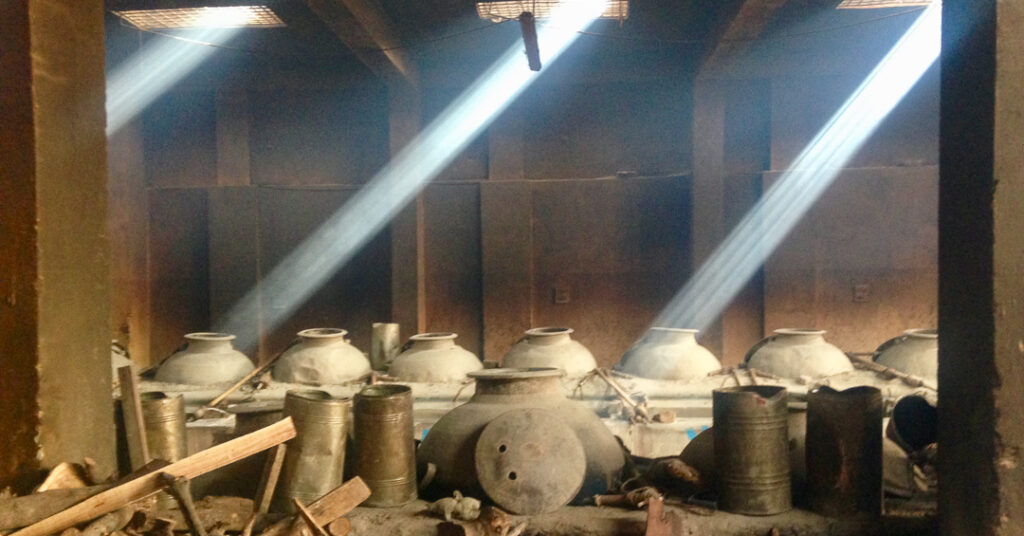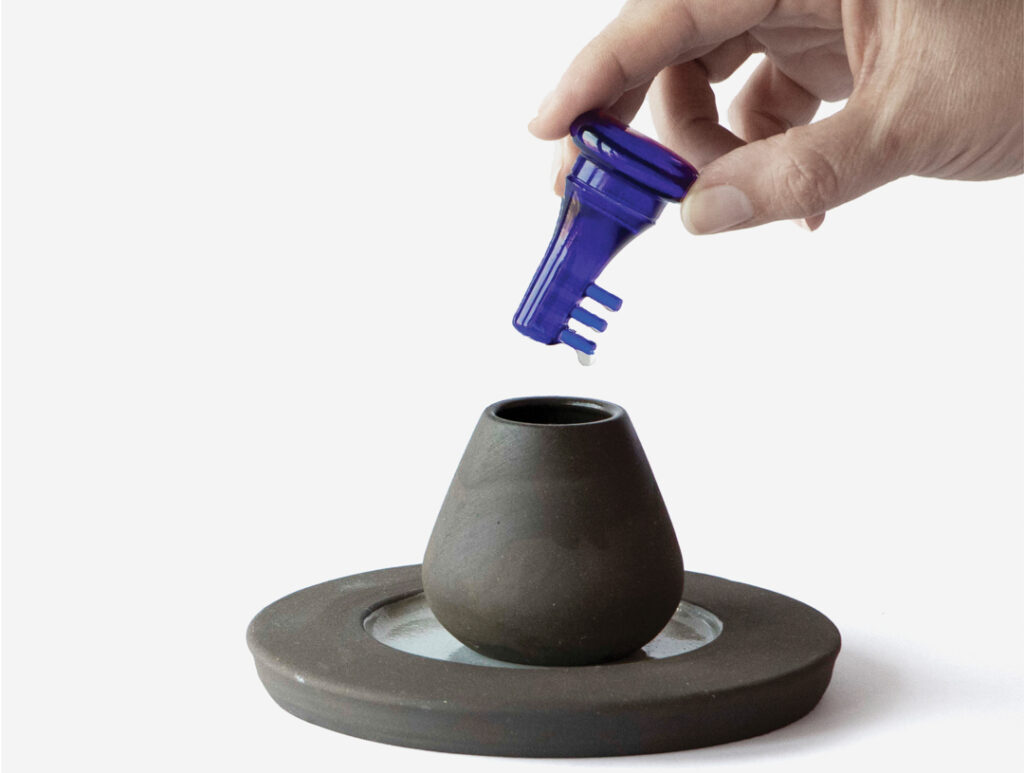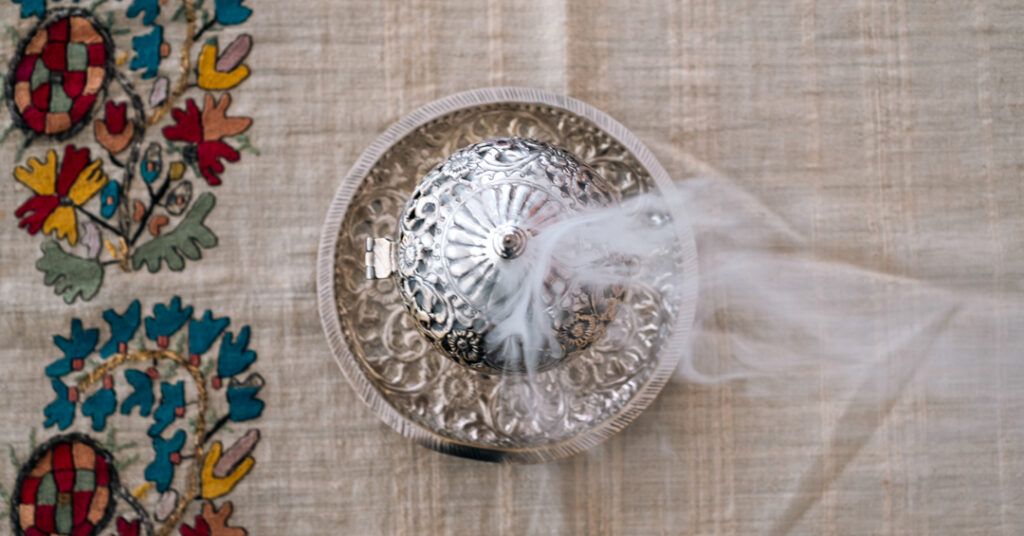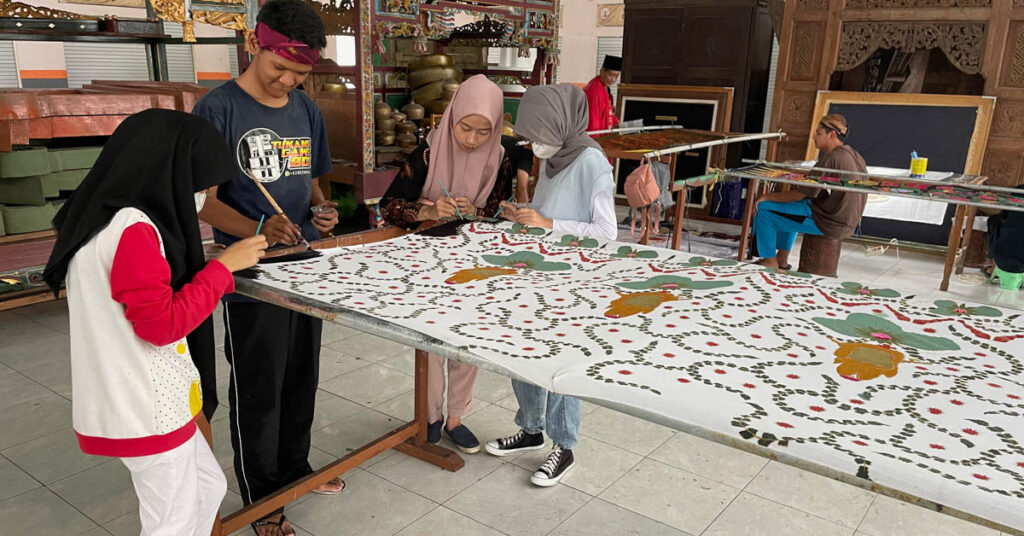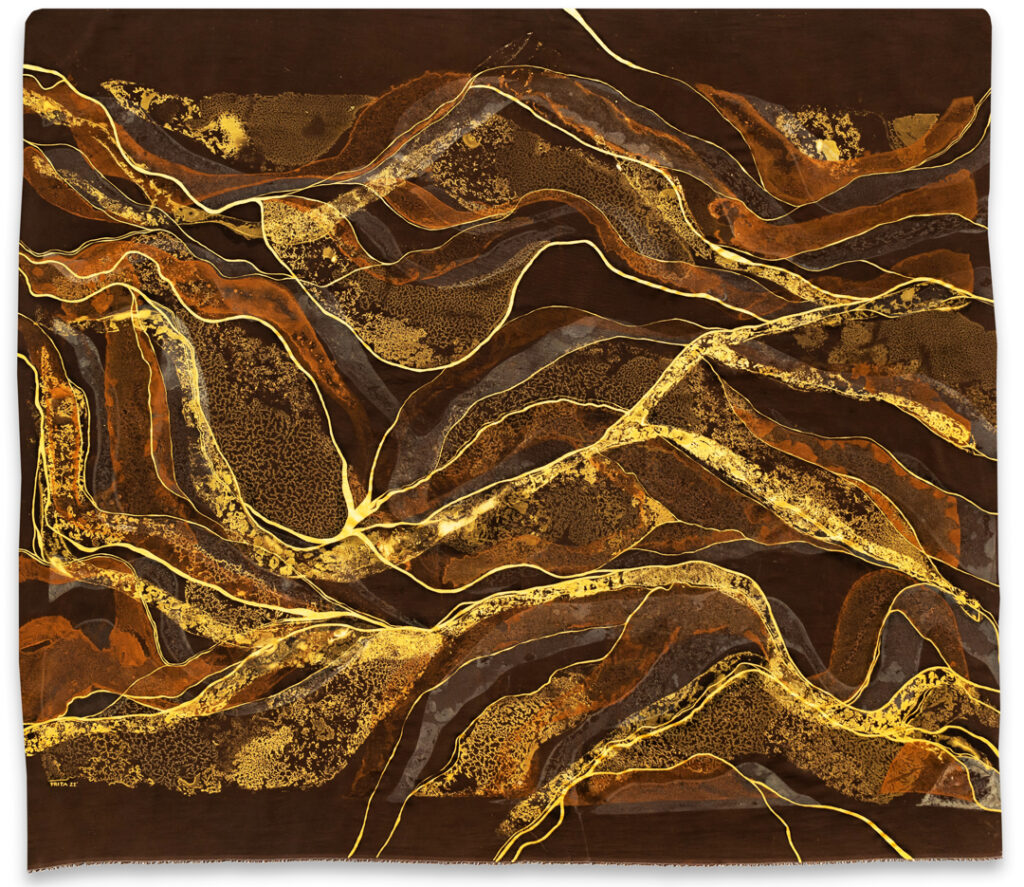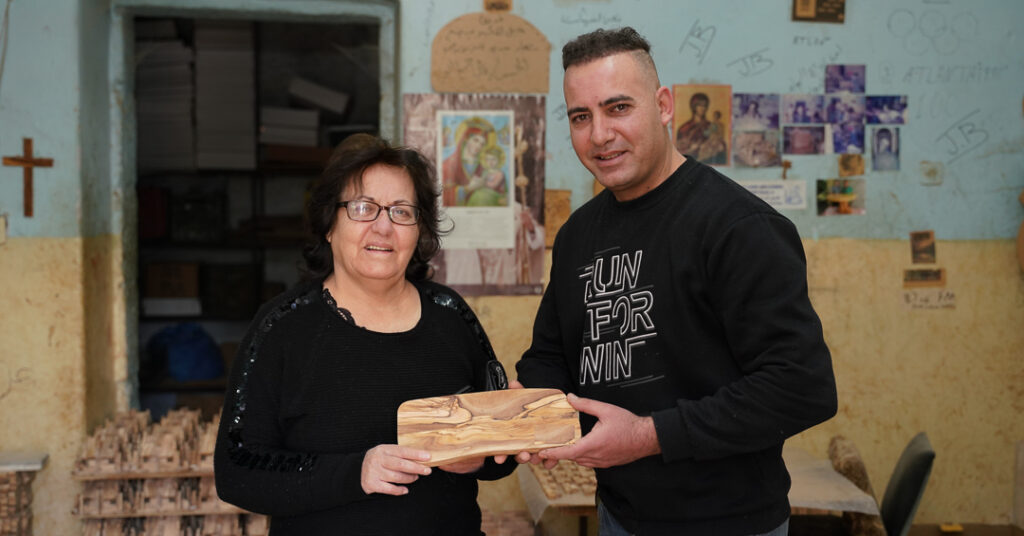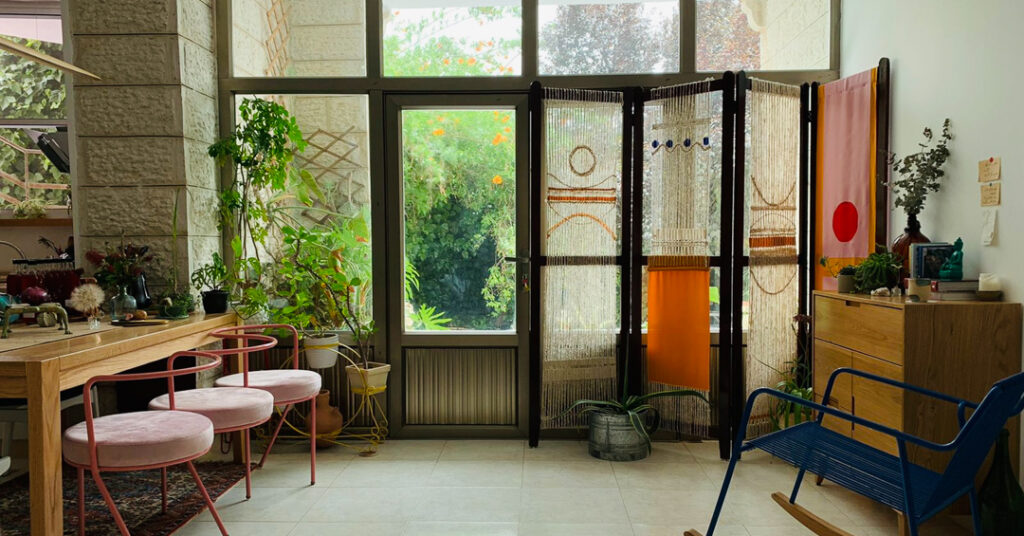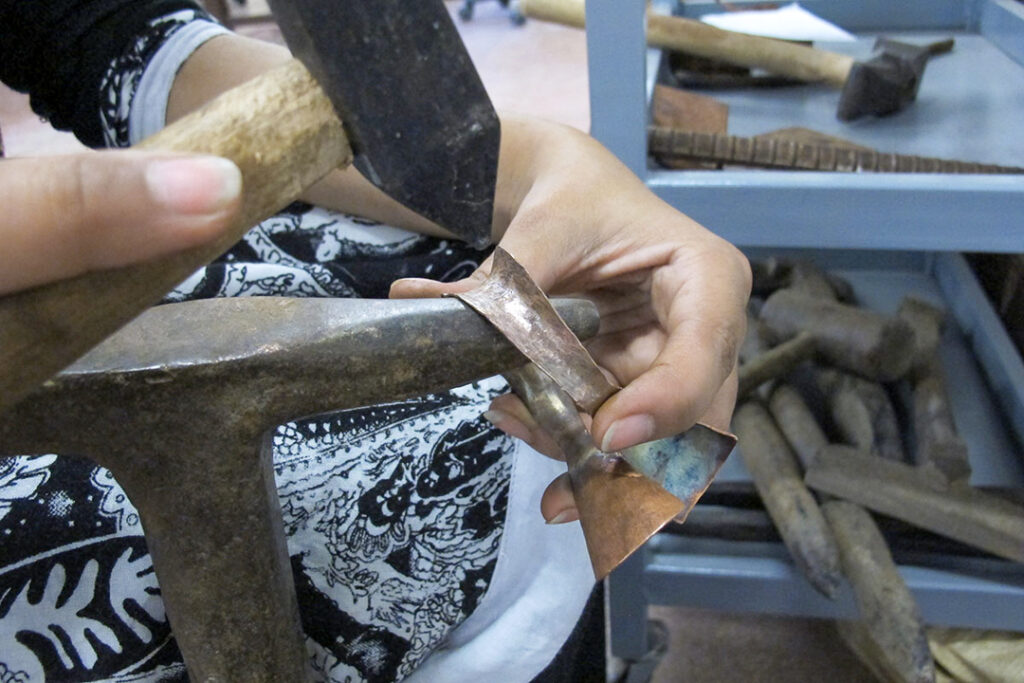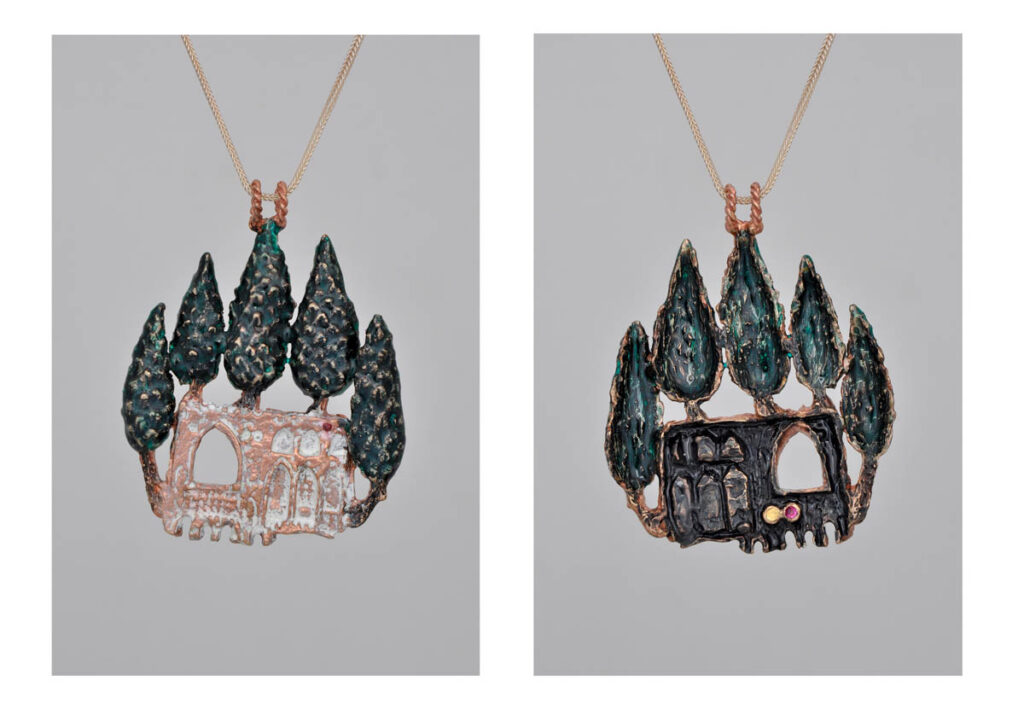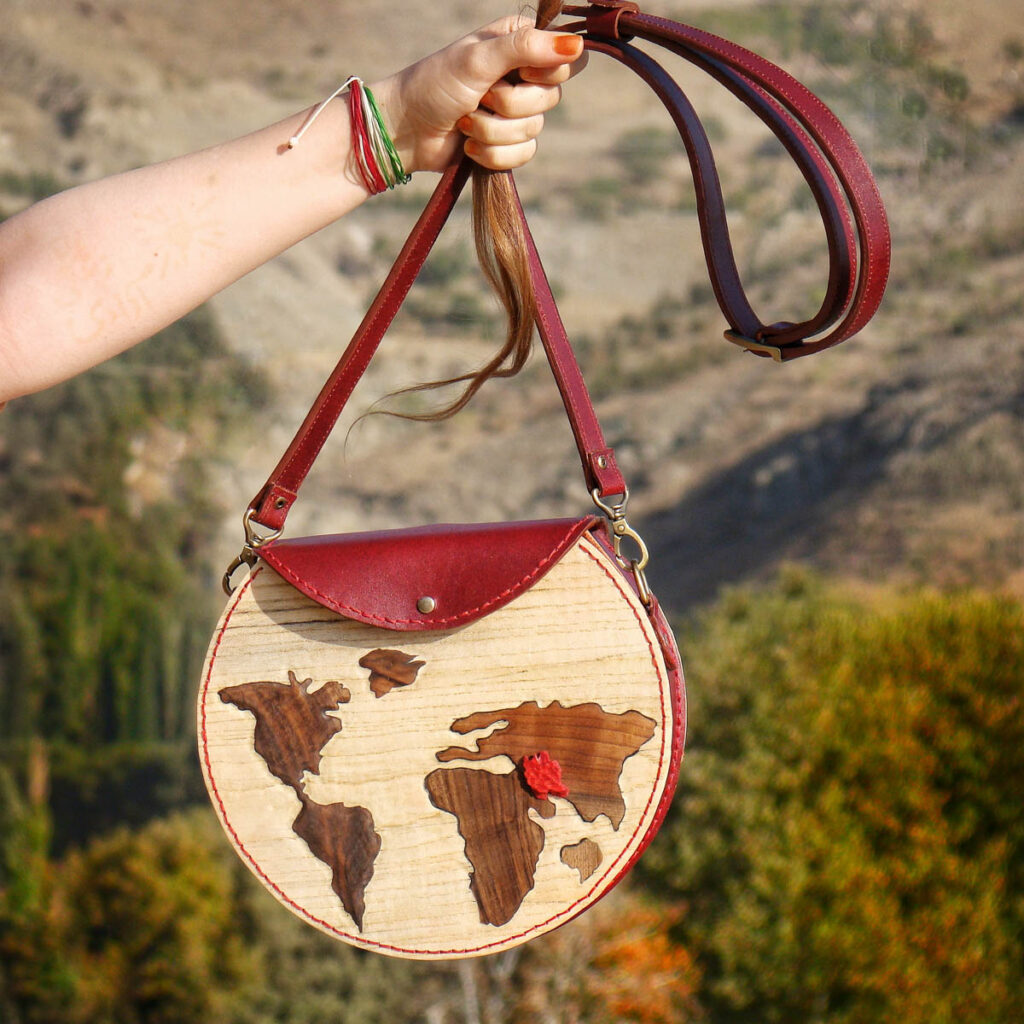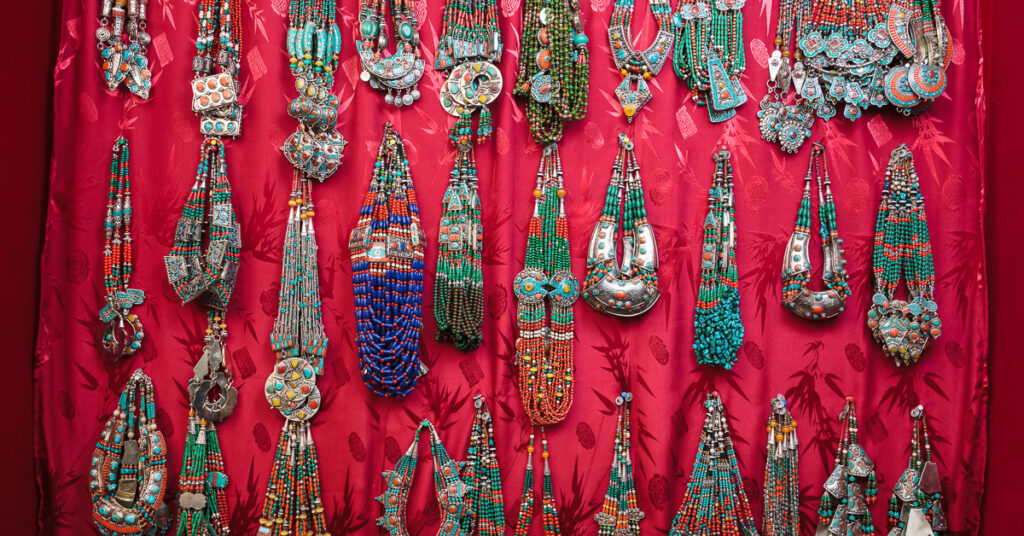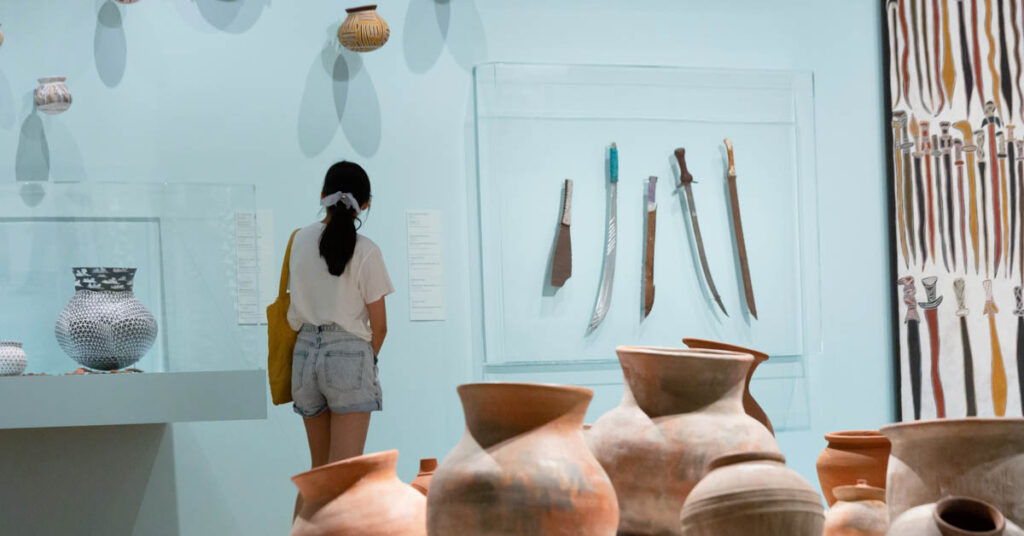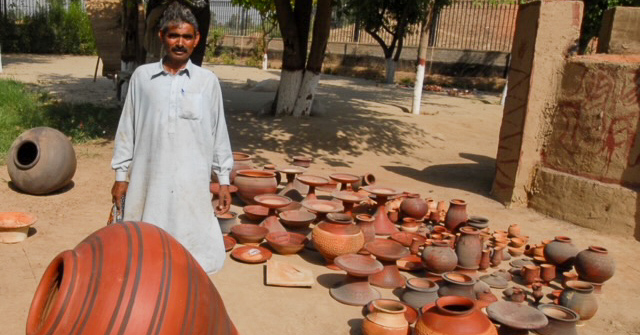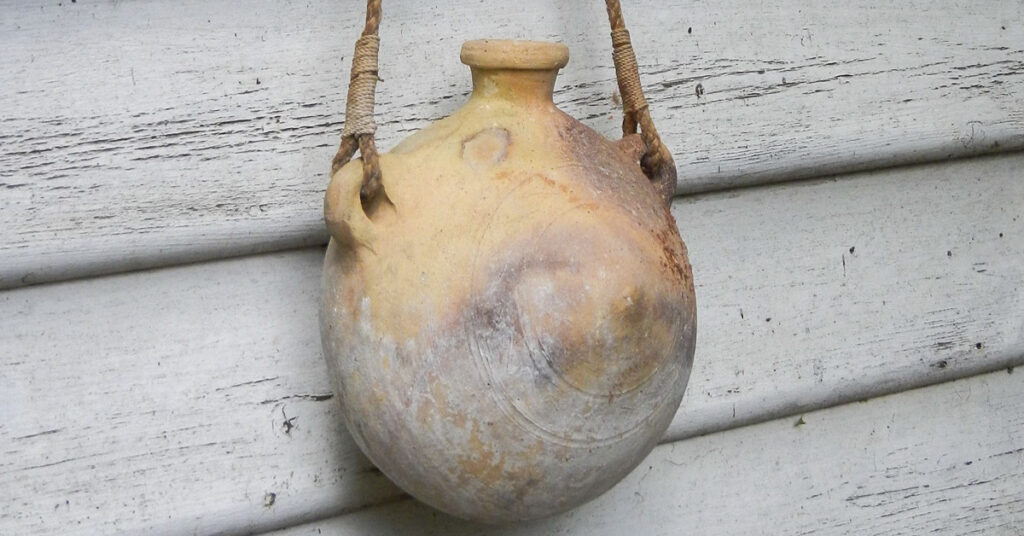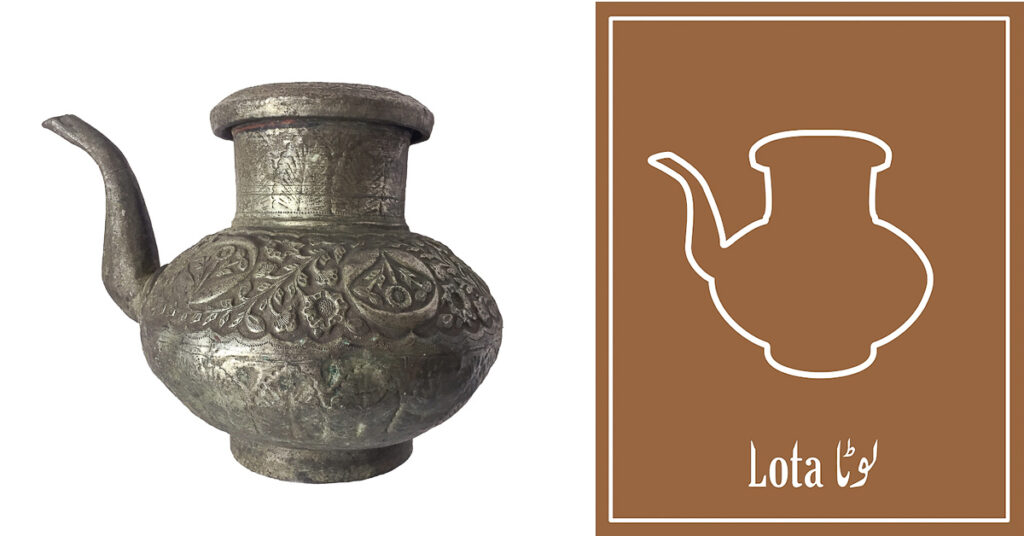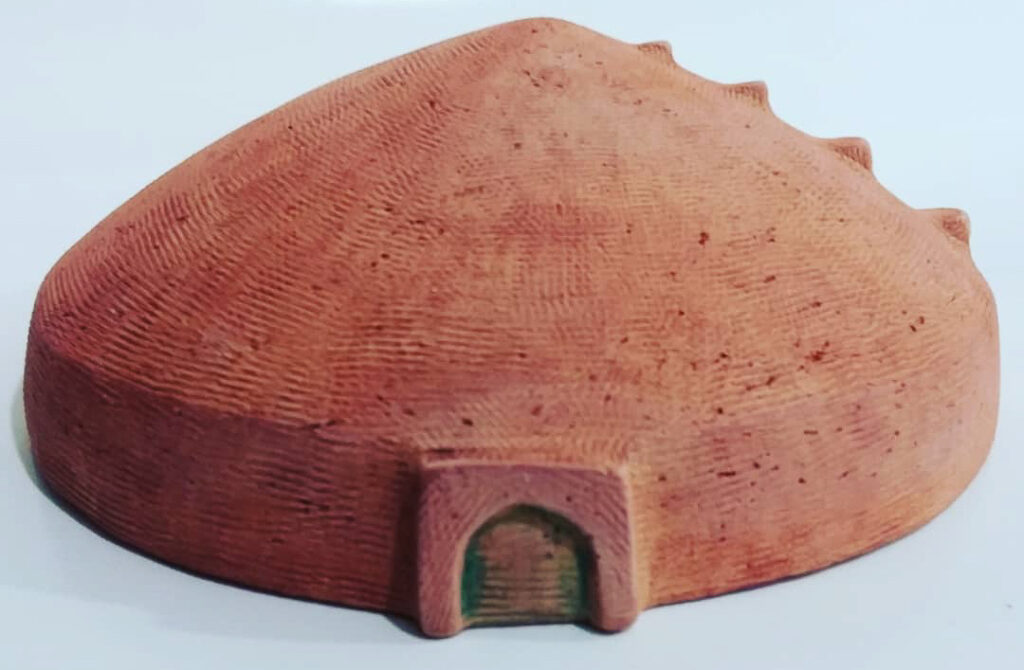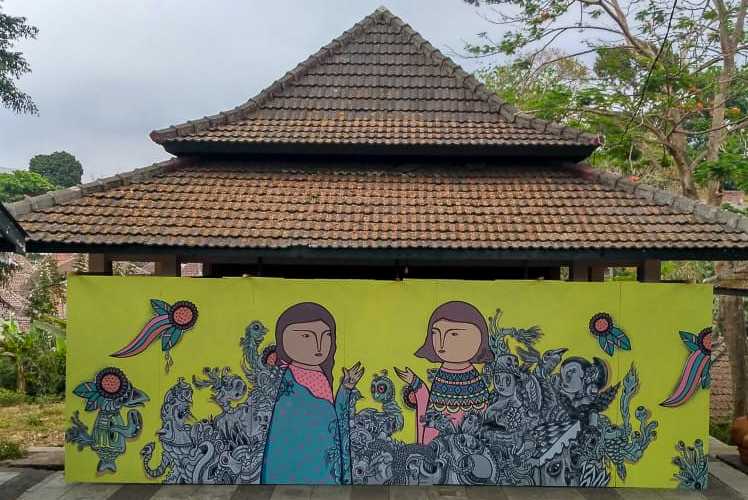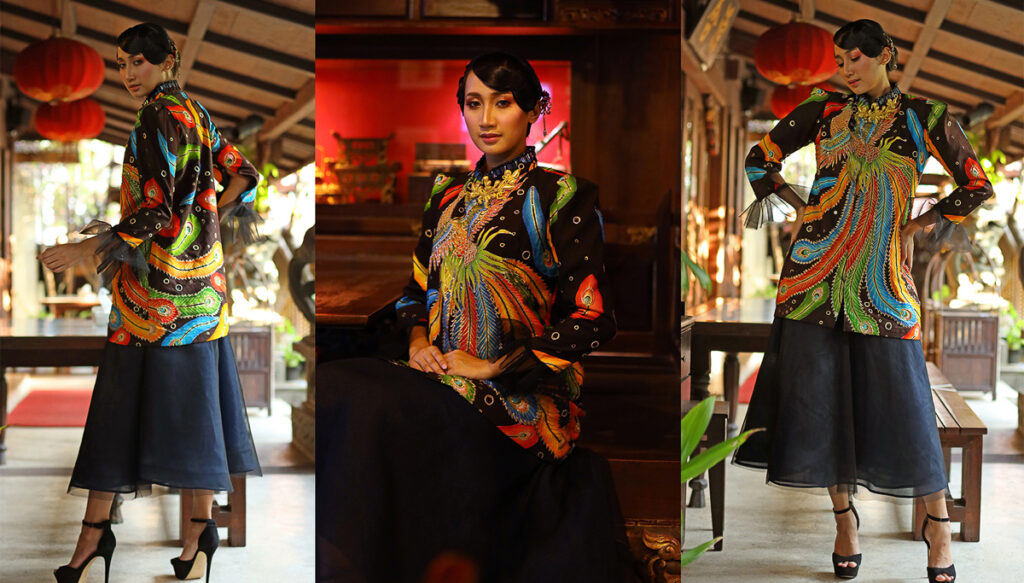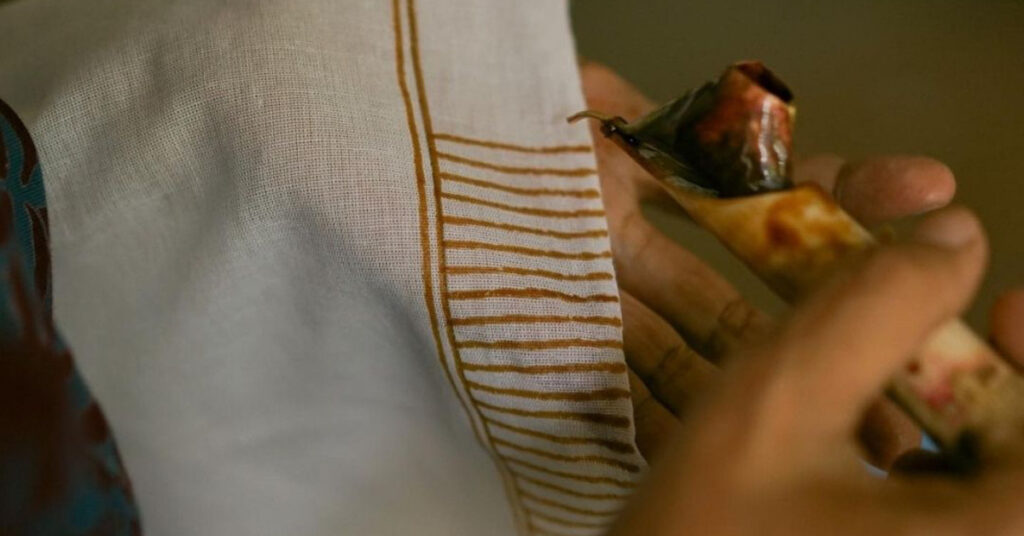
Reflection of Farah Baksh Terrace (Upper Terrace) main building, Shalimar Garden, Lahore, Pakistan; source: WikiCommons
Charbagh is the idealised garden combination of flowers and water. Visit and enjoy stories of great beauty and meaning made in the Islamic world.
Gardens figure strongly in the Islamic world. The origin of the word “paradise” comes from the Persian concept of garden, realised in the combination of water and plants known as charbagh.
Allah has promised to the believing men and the believing women gardens, beneath which rivers flow, to abide in them, and goodly dwellings in gardens of perpetual abode; and best of all is Allah’s goodly pleasure; that is the grand achievement.
Qur’an 9.72
Our growing number of stories from the Islam world reflect a diverse range of cultures across the wider world.
✿
Noorjehan Bilgrami reflects on the Shalimar Garden, a paradise on earth.
In Lahore, Pakistan’s historic city of gardens, lies the Shalimar Garden. Created by the Moghul emperor Shah Jahan in 1641 AD, and now a UNESCO World Heritage Site, ‘Shalimar’ means ‘beautiful and powerful’ in Urdu.
The magnificent garden was conceived to replicate paradise on earth, or the Chahar Bagh – ‘four gardens’ in Urdu – the four gardens of Paradise mentioned in the Qur’an in Chapter 55, Ar Rahman ‘The Beneficent’.
At the centre of the Shalimar Bagh is its main arcaded pavilion, reflecting delicate Mughal architecture and cleverly designed to generously draw in cool air for the comfort of those who come there to luxuriate in and admire the beauty of this reflection of paradise.
The Shalimar Garden is laid as a quadrilateral grid with axial patterned, long brick walkways intersecting at the centre, with fountains placed in pools of water to cool the environment and make the music of falling water. Cypress and fruit trees and flowers are present in profusion to perfume the air and keep it cool in the fiercely hot summers of Lahore.
Geometry is the basis of all Islamic art, architecture and design. Incredible complex intricate patterns are created in woodwork, ceramics, stone work, textiles and carpets, all the design vocabulary stem from the basic geometric grid.
For other stories by Noorjehan Bilgrami, go here.
✿
✿
Go back to the Garden.

